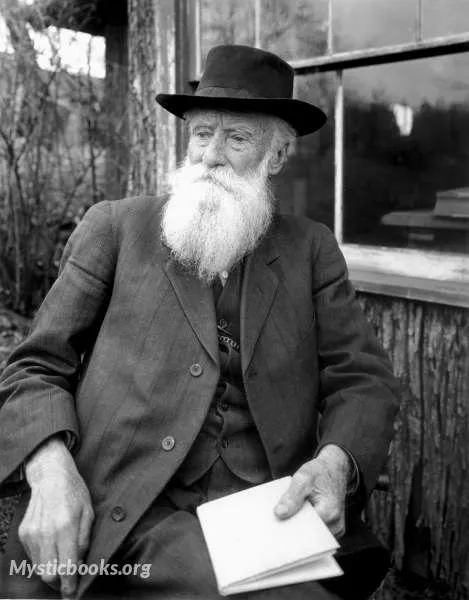
Timeline
Title
Country/Nationality
John Burroughs
John Burroughs was an American naturalist and nature essayist, active in the U.S. conservation movement. The first of his essay collections was Wake-Robin in 1871.
In the words of his biographer Edward Renehan, Burroughs' special identity was less that of a scientific naturalist than that of "a literary naturalist with a duty to record his own unique perceptions of the natural world." The result was a body of work whose resonance with the tone of its cultural moment explains both its popularity at that time, and its relative obscurity since.
Burroughs was the seventh of Chauncy and Amy Kelly Burroughs' ten children. He was born on the family farm in the Catskill Mountains, near Roxbury in Delaware County, New York. As a child he spent many hours on the slopes of Old Clump Mountain, looking off to the east and the higher peaks of the Catskills, especially Slide Mountain, which he would later write about. As he labored on the family farm he was captivated by the return of the birds each spring and other wildlife around the family farm including frogs and bumblebees. In his later years he credited his life as a farm boy for his subsequent love of nature and feeling of kinship with all rural things.
During his teen years Burroughs showed a keen interest in learning. Among Burroughs's classmates was future financier Jay Gould. Burroughs' father believed the basic education provided by the local school was enough and refused to support the young Burroughs when he asked for money to pay for the books or the higher education he wanted. At the age of 17 Burroughs left home to earn the money he needed for college by teaching at a school in Olive, New York.
From 1854 to 1856 Burroughs alternated periods of teaching with periods of study at higher education institutions including Cooperstown Seminary; he left the Seminary and completed his studies in 1856. He continued to teach until 1863. In 1857 Burroughs left a teaching position in the small village of Buffalo Grove in Illinois to seek employment closer to home, drawn back by "the girl I left behind me." On September 12, 1857, Burroughs married Ursula North (1836–1917). Burroughs later became an atheist with an inclination towards pantheism.
Burroughs had his first break as a writer in the summer of 1860 when the Atlantic Monthly, then a fairly new publication, accepted his essay Expression. Editor James Russell Lowell found the essay so similar to Emerson's work that he initially thought Burroughs had plagiarized his longtime acquaintance. Poole's Index and Hill's Rhetoric, both periodical indexes, even credited Emerson as the author of the essay.
In 1864, Burroughs accepted a position as a clerk at the Treasury; he would eventually become a federal bank examiner, continuing in that profession into the 1880s. All the while, he continued to publish essays, and grew interested in the poetry of Walt Whitman. Burroughs met Whitman in Washington, DC in November 1863, and the two became close friends.
According to Ford, "John Burroughs, Edison, and I with Harvey S. Firestone made several vagabond trips together. We went in motor caravans and slept under canvas." Once we gypsied through the Adirondacks and again through the Alleghenies, heading southward."
In 1901, Burroughs met an admirer, Clara Barrus (1864–1931). She was a physician with the state psychiatric hospital in Middletown, N.Y. Clara was 37 and nearly half his age. She was the great love of his life and ultimately his literary executrix. She moved into his house after Ursula died in 1917. She published Whitman and Burroughs: Comrades in 1931, relying on firsthand accounts and letters to documents Burroughs' friendship with poet Walt Whitman.
Burroughs enjoyed good physical and mental health during his later years until only a few months before his death when he began to experience lapses in memory and show general signs of advanced age including declining heart function. In February 1921 Burroughs underwent an operation to remove an abscess from his chest. Following this operation, his health steadily declined. Burroughs died on March 29, 1921, while on a train near Kingsville, Ohio. Burroughs was buried in Roxbury, New York, on what would have been his 84th birthday, at the foot of a rock he had played on as a child and affectionately referred to as '’Boyhood Rock'’. A line that he had written years before is etched on the tablet that marks the spot: "I stand amid the eternal ways". Woodchuck Lodge was designated a National Historic Landmark in 1962. Riverby and Slabsides were similarly designated in 1968. All three are listed on the National Register of Historic Places.
Books by John Burroughs
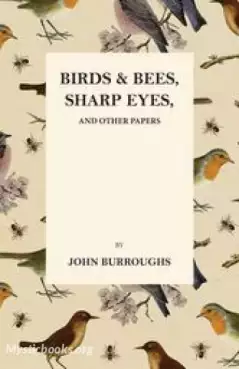
Birds and Bees, Sharp Eyes, and Other Papers
Probably no other American writer has a greater sympathy with, and a keener enjoyment of, country life in all its phases—farming, camping, fishing, walking—than has John Burroughs. His books are redolent of the soil, and have such "freshness and prim...
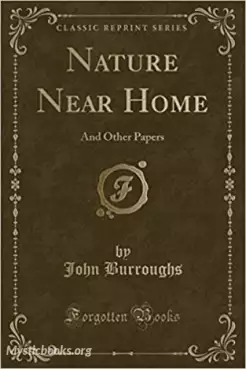
Nature Near Home and Other Papers
Nature Near Home is one of many books on natural history by John Burroughs. It is full of simple observations about rural scenes and charming stories about animals, plants, and even people! Burroughs loves the creatures around him and derives great p...
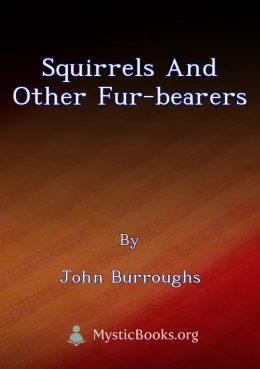
Squirrels and Other Fur-bearers
Squirrels and other Fur-Bearers, a collection of essays by American naturalist and essayist, John Burroughs, provides fascinating insight into the daily life of small woodland creatures. Included in these essays are Burroughs' personal observations o...
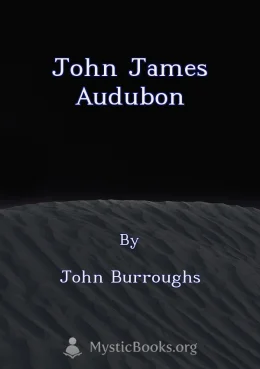
John James Audubon
Audubon's life naturally divides itself into three periods: his youth, which was on the whole a gay and happy one, and which lasted till the time of his marriage at the age of twenty-eight; his business career which followed, lasting ten or more year...
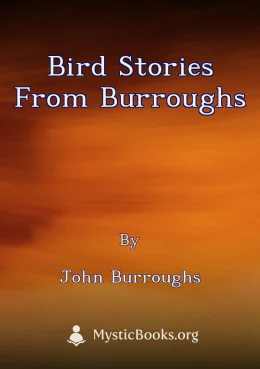
Bird Stories from Burroughs
This delightful collection of bird stories by John Burroughs, a renowned nature essayist, offers a captivating glimpse into the world of birds. Each chapter focuses on a specific species, arranged chronologically by their arrival during the year, pro...